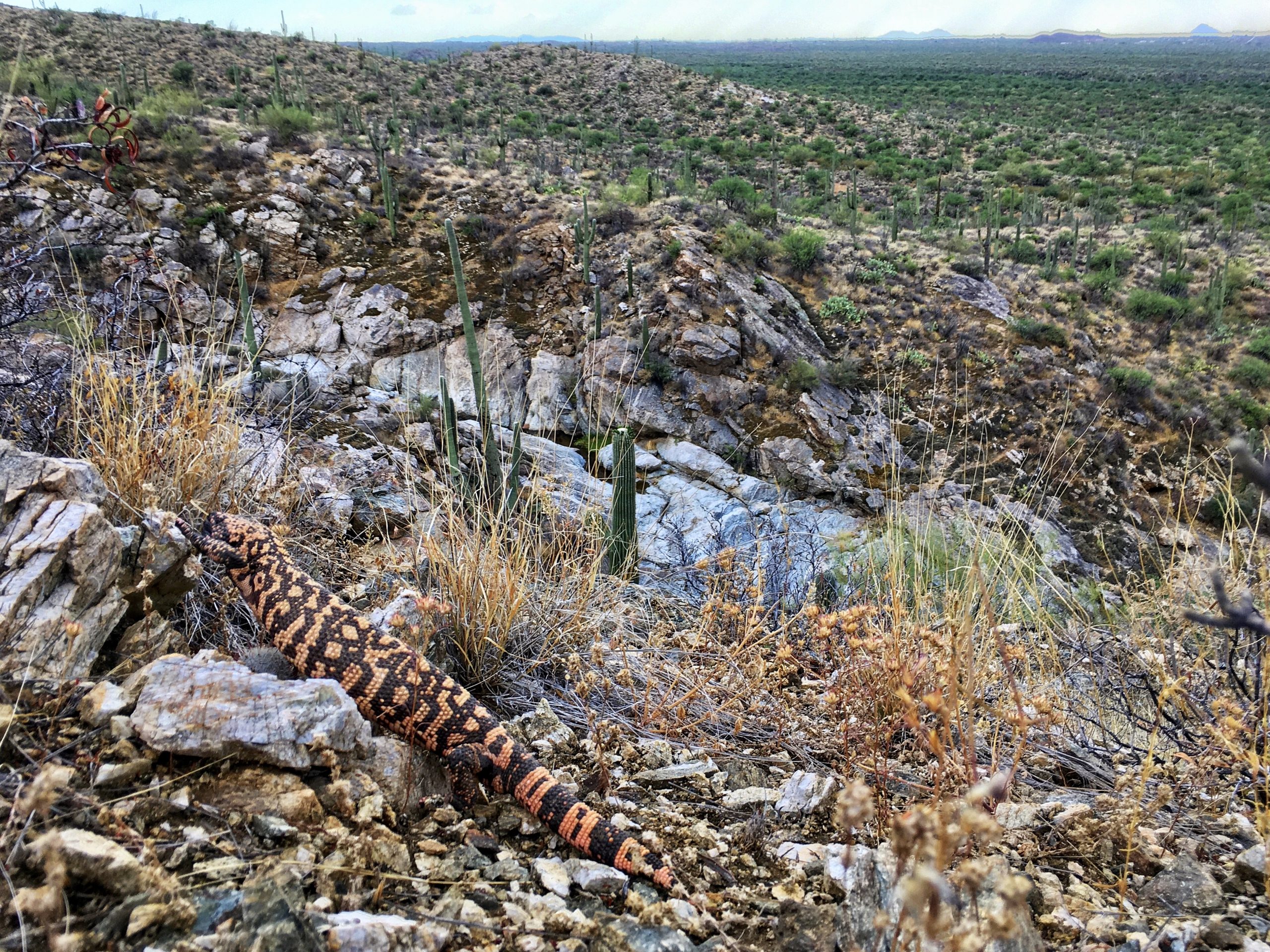Trail Access in Jeopardy as Trump Cuts Hit Federal Land Agencies
Cycling West (June 7, 2025) by Charles Pekow
Staff and budget cuts imposed by the Trump regime may mean fewer opportunities to ride on federal lands in the long run, but nobody knows how much, and people don’t even want to talk about it.
National Parks Conservation Association representative Kati Schmidt gave Cycling West a statement saying, “Everyone, from cyclists to hikers to park rangers to locals to international travelers and beyond, has reason to be concerned about the Trump administration’s ongoing and nonsensical attacks on America’s beloved national parks. Over the last three months, the National Park Service (NPS) workforce has declined by 10% – and this comes after years of understaffing struggles due to underfunding by Congress, across America’s 430 national park sites.”
Schmidt added that the association couldn’t say how the staff shortages may affect trail maintenance or developing long-range trail plans. However, she added in an email, “Between funding freezes and staff losses, it’s anyone’s guess what projects will move forward and where.”
Calls and emails to press officers and other staffers from NPS, the Bureau of Land Management (BLM) and U.S. Forest Service (USFS) largely went unanswered or were greeted with lines like “I’m not at liberty to talk about it.” Steven Hall, communications director for BLM in Colorado, for instance had “no comment on the transition.”
Bruce Hallman, BLM spokesperson in Idaho, said, however “so far, I think we are able to manage it alright. I have not heard of any major (trails) that have been neglected. In general, we have not been hit like some other places may have been.”
The USFS press office would only give a bland statement, not attributed to any specific person, saying “it would be inappropriate to speculate on the future (but it) is our intent to maintain access to recreation opportunities to the greatest degree possible.”
Even the International Mountain Biking Association, which coordinates with the BLM on a Connecting with Communities national recreation strategy partnership, did not respond to several of our queries.
On the other hand, Matthew Nelson, executive director of the Arizona Trail Association (ATA), eagerly spoke with us. ATA works to maintain the Arizona Trail, which twists more than 800 miles north-south through Arizona from Utah to Mexico, traversing four National Forests, BLM property and two National Parks. He said, “The theme of the season for us and our partners is a climate of fear … we have no idea of what a federal budget will look like.”
Nelson said that the Tonto National Forest, for instance, lost 70 percent of its recreation staff, though some have been called back as temps. “What we’re seeing is … trail maintenance is becoming less of a priority” as well as “absolute uncertainty and chaos…. It has been an extreme challenge, these past four months.”
Madeline Bautista, Public Affairs Specialist for the Tonto National Forest did not respond to our query.
Nelson added that “the biggest stagnation we see now is in planning,” noting that it takes years to create a trail, from conception to opening. A few plans for bike trails have so far been pushed back a quarter or two, he said.
As to existing mountain bike trails, some maintenance can continue because volunteers do much of the work.
As far as USFS staff involvement, “it’s not lifting a shovel; it’s passively coordinating the work of the mountain bike clubs,” says Andy Stahl, executive director of Forest Service Employees for Environmental Ethics. But, he said, “we are going to reach the point when you call the Forest Service office, no one answers.”
Stahl added that the staff shortages began in the Biden administration, when the focus became firefighting at the expense of other priorities and USFS couldn’t hire seasonal staff for recreation. “I’m not sure how much worse Trump can make it, but he is certainly trying,” Stahl says.
To read the article online, click here.












